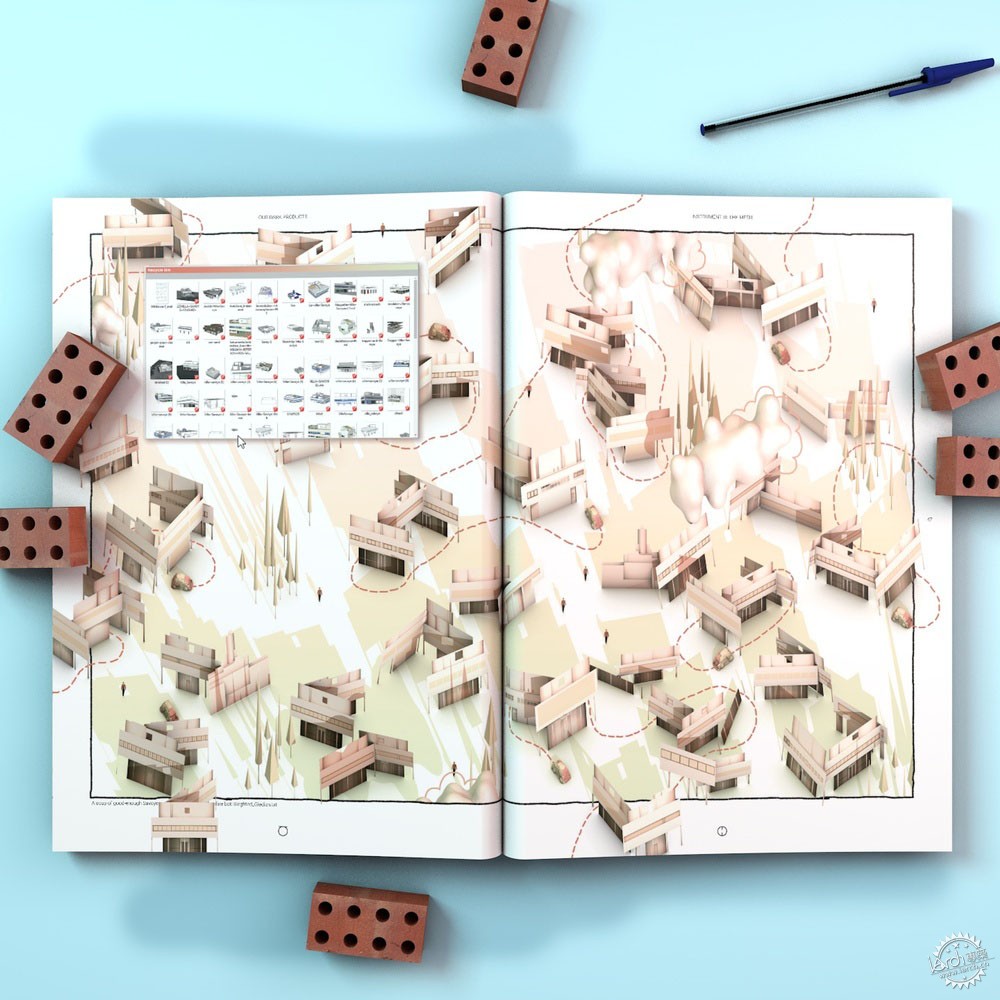
建筑的“暗黑产品”:设计过程中建筑师拥有了什么?
Architecture's "Dark Products": What Do Architects Claim Ownership of in the Design Process?
由专筑网李韧,邢子编译
人们为何建造?人们如何建造?人们最终为谁而建造?这些问题自从建筑师们在学校起就一直存在。基本来讲,这些问题有着公式般的回答方式。那么想一想,其中还有其他的答案吗?
就当前状态而言,建筑的物理过程似乎变得愈发不重要,人们也许应当更加理解建筑师们的工作方式,同时检验建筑师们如何表达这个过程,而不是单纯地通过作品来展示。
Curtis Roth是Knowlton建筑学院的研究人员,在完成德国斯图加特Akademie Schloss Solitude研究之后,他近期推出了一本新书,标题为《Some Dark Products》,这本书聚焦设计过程的工作者,认为“建筑作品就是建筑作品”,并且研究了建筑是如何被最终呈现出来的。“建筑师们都认为这是一种想法,而实际上这是一种身体力行的过程。但是人们还如何创立工作网络呢?因此建筑师会对作图与最终产品进行阐述,那么这二者之间有什么区别呢?BIM过程呢?空间产品呢?”
Roth的这个想法最初来源于2014年威尼斯双年展的美国工作室。他是研究团队的成员,希望能够了解过去100年来美国设计事务所的建筑设计方式,因此他也开始研究其中的区别,尤其是工作的协调方面。那么这就引起了其中的“暗黑产品”的说法,亦或是那些衍生的数字过程,而这些过程则是建筑最终成功落地的必然要求。
以下是这本书中所提出的案例,其中表达了用于研究建筑“暗黑产品”的两种方式。
Why do we build? How do we build? Who do we ultimately build for? These have been questions that have dominated the worlds of both practice and pedagogy since the early ages of architecture. On a basic level, those questions can be answered almost reflexively, with a formulaic response. But is it time to look beyond just the simple why, how, and who?
In a world where the physical processes of architecture are becoming increasingly less important and digital processes proliferate through all phases of architectural ideas and documentation, we should perhaps be looking to understand the ways in which architects work, and examine how we can claim the processes—not just the products—of our labors.
Curtis Roth, Associate Professor at the Knowlton School of Architecture, recently published his book Some Dark Products after completing research as a fellow of the Akademie Schloss Solitude in Stuttgart, Germany. His book focuses on the labor of the design process, arguing that "the work of architecture is actually a work of architecture," and how that ultimately causes architecture to appear in the world. “Architects tend to think of authorship as something in the mind, when it is actually a bodily process,” according to Roth. “But how do we author the networks of our labor? We stake a claim to the drawing and the final production, but what about the in-between? The BIM process? The spatial products?”
His curiosity over this idea began while working for OFFICE US at the 2014 Venice Biennale. Acting as part of a team of researchers to understand the past 100 years of architecture designed by US-based firms, he began to explore the ways in which different offices produced work, especially how they coordinated work abroad. This sparked an interest in what Roth claims are the “dark products” of architecture, or the interstitial digital processes that are often not authored but are required for the successful realization of a building.
Below are examples taken from Roth’s book, which describe two “instruments” he used to investigate architecture’s dark products.
方式一:细节
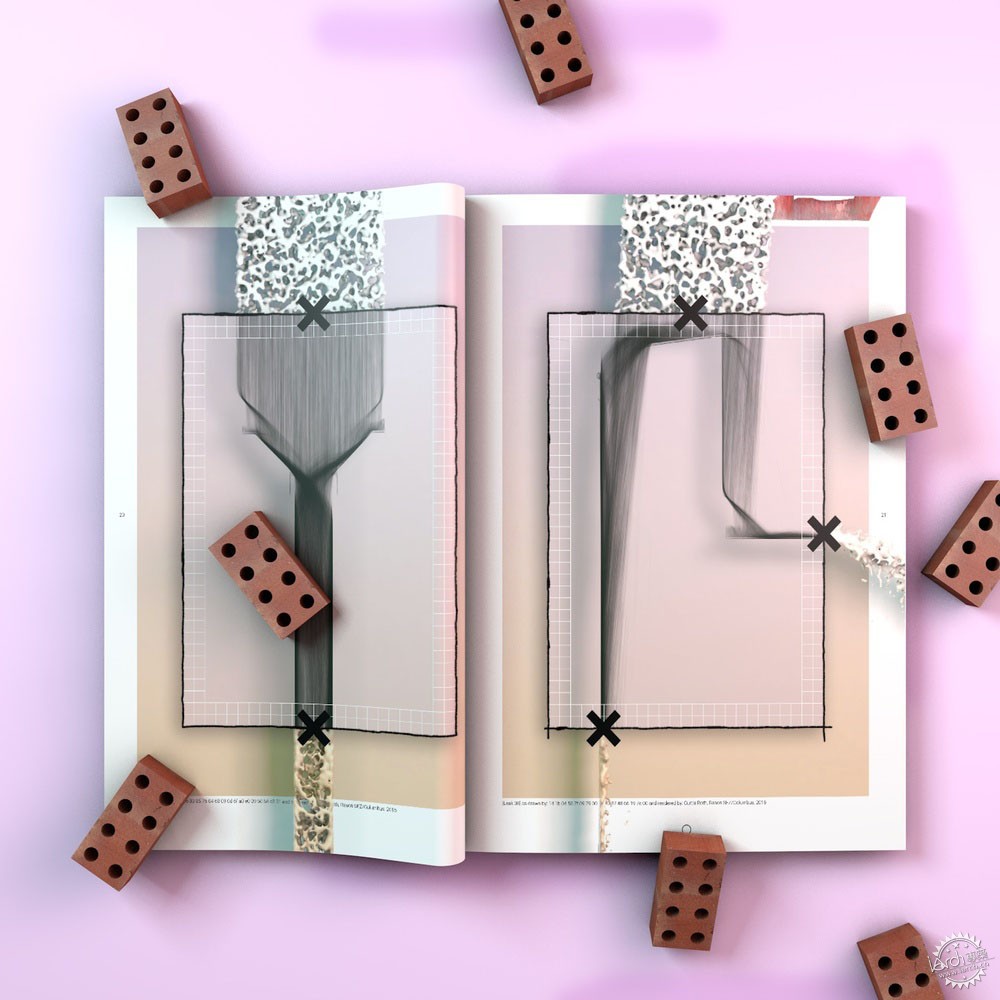
第一种方式探讨了外部劳动力的策略,这是大型建筑事务所常常采取的策略。Roth决定将绘制建筑细部的任务外包给朝鲜的Rason,用于理解能够通过网络而传递的创作者。在这些细部的研究过程中,一家名为“硅谷信息媒体(Silicon Valley Infomedia)”的印度艾哈迈达巴德技术公司提供了8个CAD文件,其中详细地绘制了建筑的细部。而后,这些文件上传至Silvermine系统,朝鲜的匿名的设计团队将这些细部绘制出来,并且以特定的类型进行表达。每个细部都由朝鲜的Red Star OS操作系统来绘制,并且加上相应的水印,Red Star OS是国产操作系统,其设计目的是组织Mac操作系统的盗版应用,同时追踪K-Pop音乐在韩国边境的军事化传播。该系统使得每台计算机都有着单一的标识,因此每个绘制好的细部都能够进行秘密地反馈给Roth。然后他会压缩每个细部,从而形成3D对象,再通过模拟器而生成流体运动图像,最后这个细部本身会被删除。
INSTRUMENT I: The Detail
The first instrument explores the strategies of outsourcing labor, a practice frequently used by larger architecture firms. Roth decided to outsource the labor of drawing architectural details to Rason, North Korea to understand the authorship that can be transferred through the internet. In the commissioning of these details, an Ahmedabad-based tech corporation called Silicon Valley Infomedia was provided with 8 AutoCAD .DWG files in which each detail was to be drawn. The CAD files were then transferred to Silvermine Systems, where an anonymous group of North Korean drafters would draw these details that represented a specific type of "designed leaks" (such as weep-holes) in the surface of a building. Each detail was drawn and then watermarked by North Korea’s Red Star OS, a state-produced operating system designed to prevent the pirating of Mac operating systems and to track the transfer of K-Pop music across its highly militarized border with South Korea. This system gives each computer its own digital signature, which allowed the authorship of each drawn detail to be encrypted into the file that was sent back to Roth. He then extruded each detail to create a 3D object, and ran it through a motion simulator to produce the following drawings of the fluid motion through the detail, with the detail itself now erased.

最终产生的结果是“缺少细部的渲染模式,标记着朝鲜细部设计者的标记水印”,那么这些图像的绘制者的身份就会得到质疑,它是朝鲜的工作人员?还是Roth?因为Roth曾经委托他们将这些细部绘制并且转化为完整的图像。
The result produced renderings “of an absent detail, signed by the watermark of an absent North Korean detailer,” ultimately questioning the identity of the author of these drawings; is it that of the laborer seated in North Korea, or Roth, who commissioned the details to be drawn and transformed them into complete images?
方式二:专业化
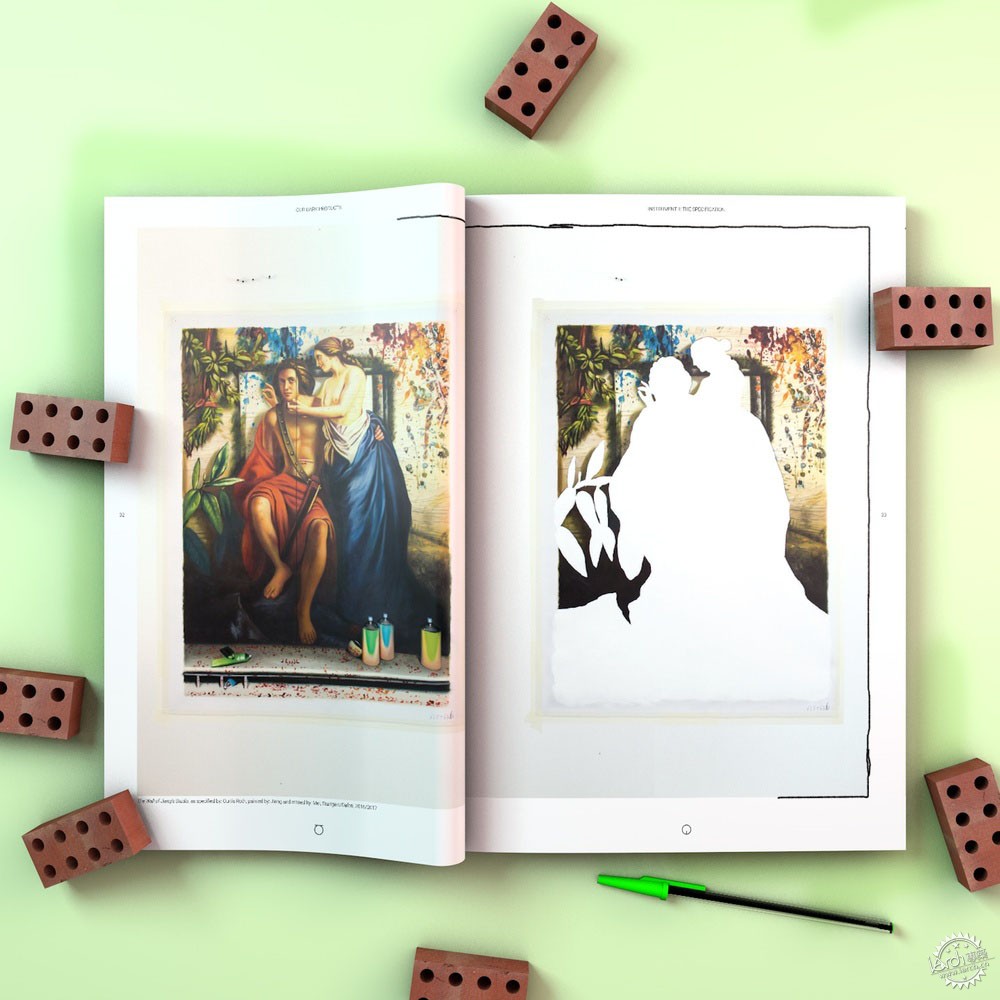
在第二个实验“方式二:专业化”之中,Roth也探索了建筑过程的专业化关系,尤其是建筑指令的完成方式,这种方式能够更好地理解每次所产生的不同成果。那么,专业化会是一种创作策略吗?还是说由于指令的简单阐释而失去了其绘制者的意义?
中国的10位画家收到10张图像,而画家们收到了一系列的指令,限定了图像的制作背景。这些指令要求他们要把图像悬挂在工作室之中,然后画出他们所观察到的内容,其中也包括工作室的背景。一旦这10张原始图像被退回,每张图像都会传输给原始艺术家的当地竞争者,而这些艺术家们会收到第二重专业指令,其中指明了画家们需要“清理出除了第一重画家的工作室墙体之外的其他内容”。从而这些简单专业需求的一些成果也能够呈现出来。
INSTRUMENT II: The Specification
In his second experiment, “Instrument II: The Specification,” Roth explored the relationship of the specifier to the architectural process, specifically the way that the architect’s instructions can be understood to produce different results each time a task is done. Can a specification be considered a means of authorship? Or does it lose its sense of authorship because it is simply an interpretation of instructions?
Ten images were sent to ten painters in China, who were given a set of instructions which dictated the conditions for the image’s reproduction. They were told to hang the image in their studio and paint what they observed, including the studio’s context. Once the ten original images were returned, each was mailed to a local competitor of the original artist who was given a second specification, instructing the second painter “to erase all but the studio wall of the first painter.” Some of the outcomes of this simple specification can be found below.

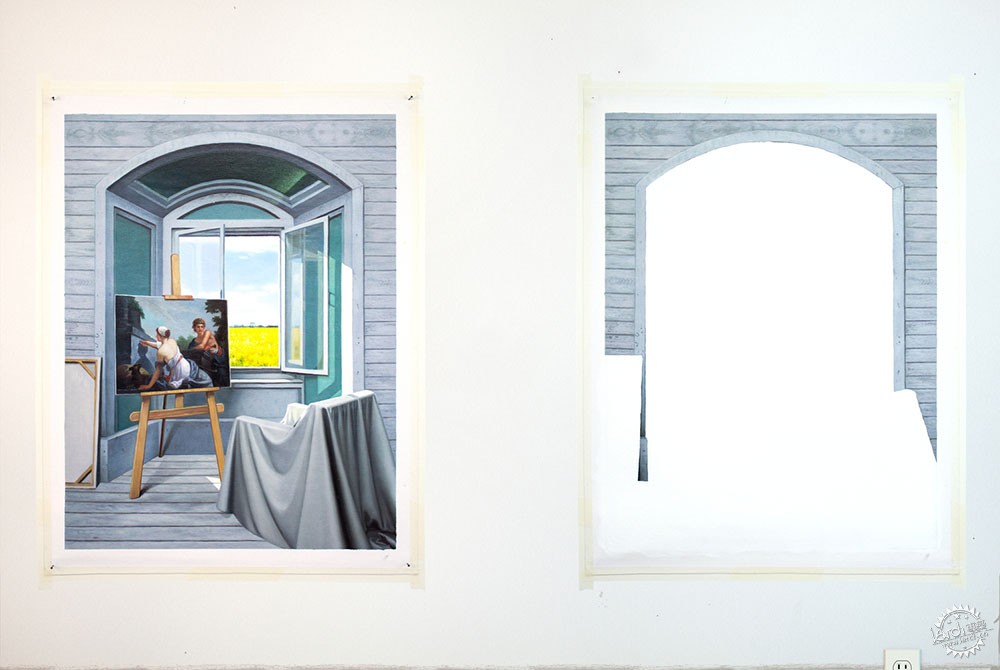
结果展示出各种各样的专业化阐述方式,这其中,Roth也提供了许多范例。每个作品都提出了这样一个问题,那便是“是谁最终导致了这些空间的呈现”?那些所谓的最佳作品是一种指令上的误解吗?还是说,是画家们将一些个人意图强加给作品自身?最终,每幅作品都代表了三重关系之中的脱节,其中有Roth、第一画家、第二画家。而在这种状况之中,创作过程与物理实验并不可能相分离。这种脱节也许能够也适用于当前的建筑专业化方式。建筑设计也许能够为专业人士而阐释,而第二重方式的阐释来源于真正的执行工作者。就这种情况而言,那么项目的所有者的说法是否具有权威性?是建筑师创造了设计目的,还是施工人员创造了设计目的?
这两项成果表明,在设计过程中,建筑师们的各个说法会有一些缺乏关联。专业人员不再能够简单地思考物理图像和建筑成果视作自身的成果,而是开始构思他们设计意图成果的过程与步骤所产生的重大影响。
图片:Curtis Roth
The results show a variety of interpretations of the specification that Roth provided to them. Each of the paintings raises the question of “whose intellection caused these spaces to appear?” Was it an intentional misinterpretation of instructions to give what was assumed to be the best product? Or did the painters make an attempt to impose some sort of personal authorship on the painting themselves? Ultimately, each painting represents a disconnect between three authors, Roth, the first painter, and the second. In this case, it is impossible to separate the creative process from the physical labor. This disconnect can also hold true for the way in which architectural specifications are executed. The architect’s design may be interpreted by the specifier, and later interpreted in a second way by the laborer performing the work. If this is the case, then who holds the right to claim authorship over the design? Is it the architect who created the design intent, or the laborer who executed it with a creative freedom?
These two investigations show that in the design process, there is a disconnect in what architects claim to author. No longer can the profession simply think about the physical drawings and realization of a building as their own, but begin to understand how the processes and steps in between can have a major effect on the outcomes of their design intentions.
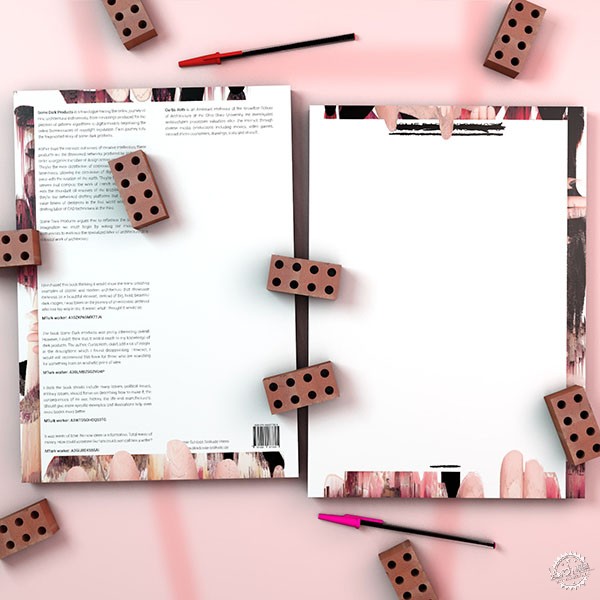
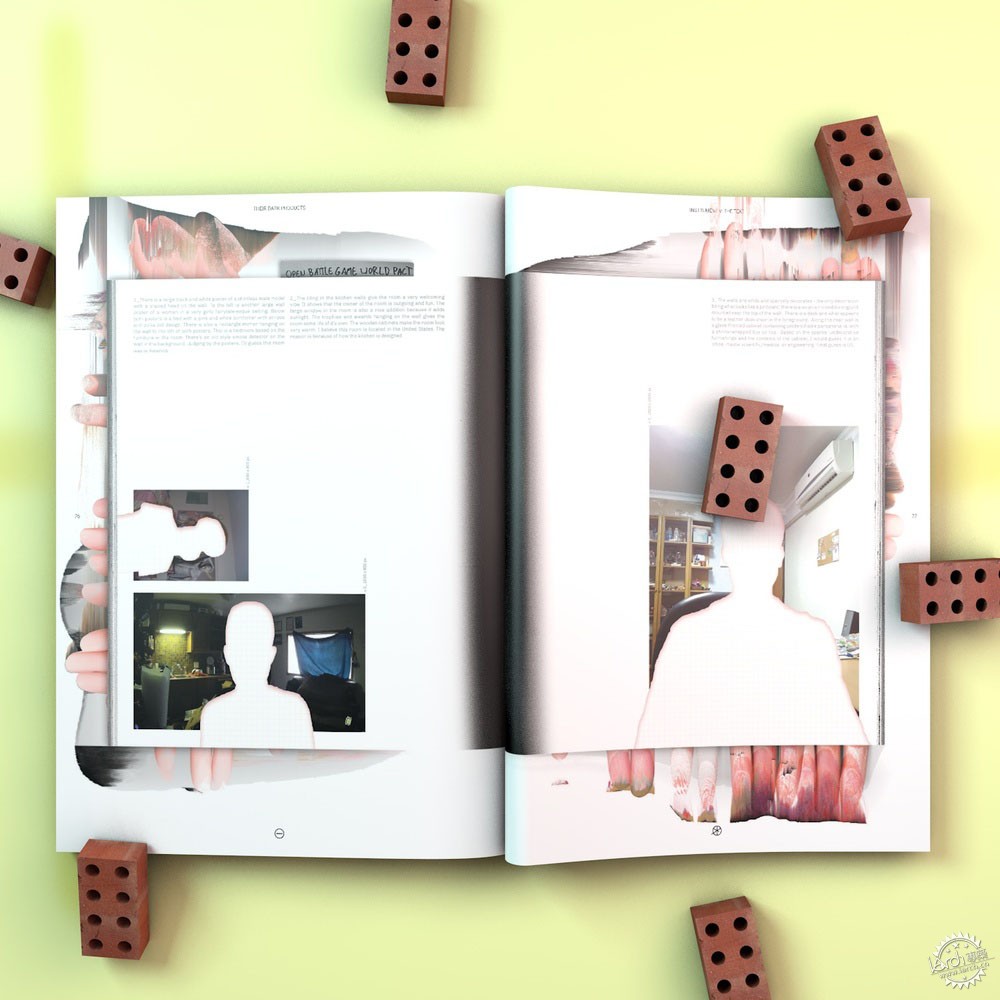
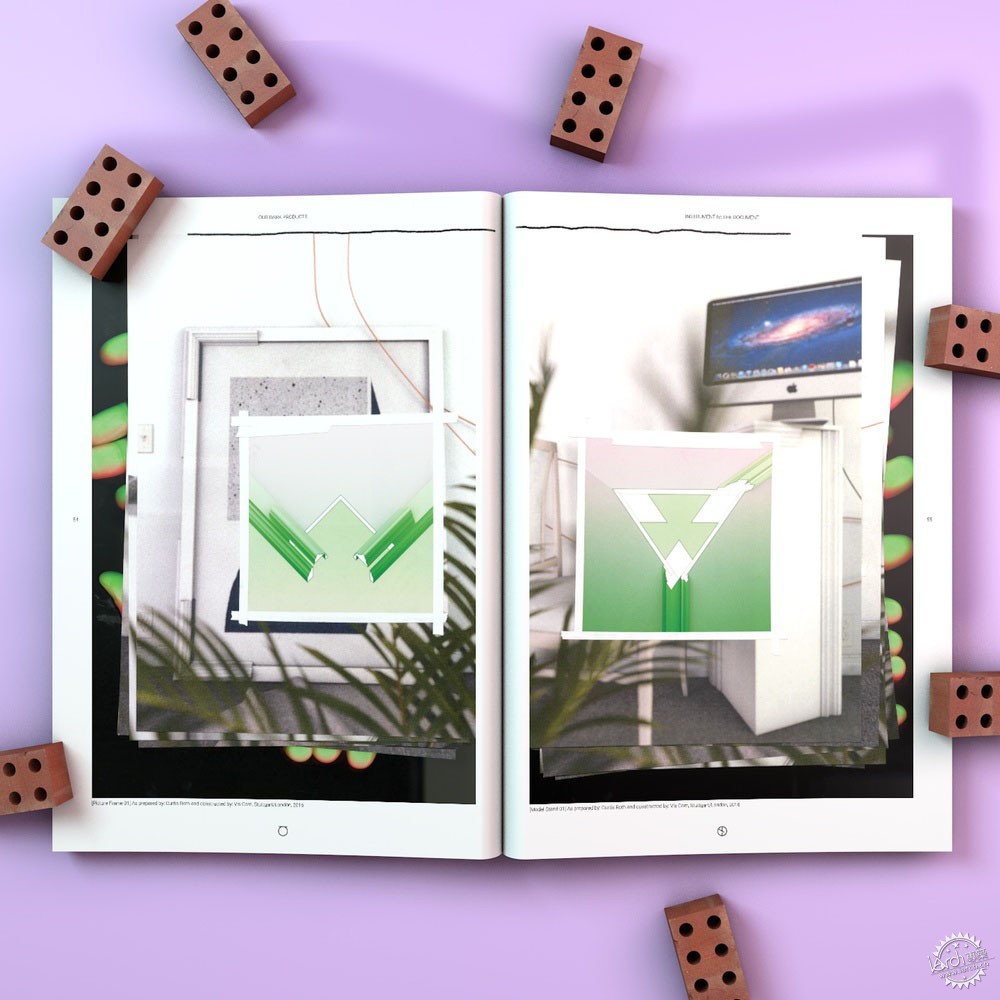
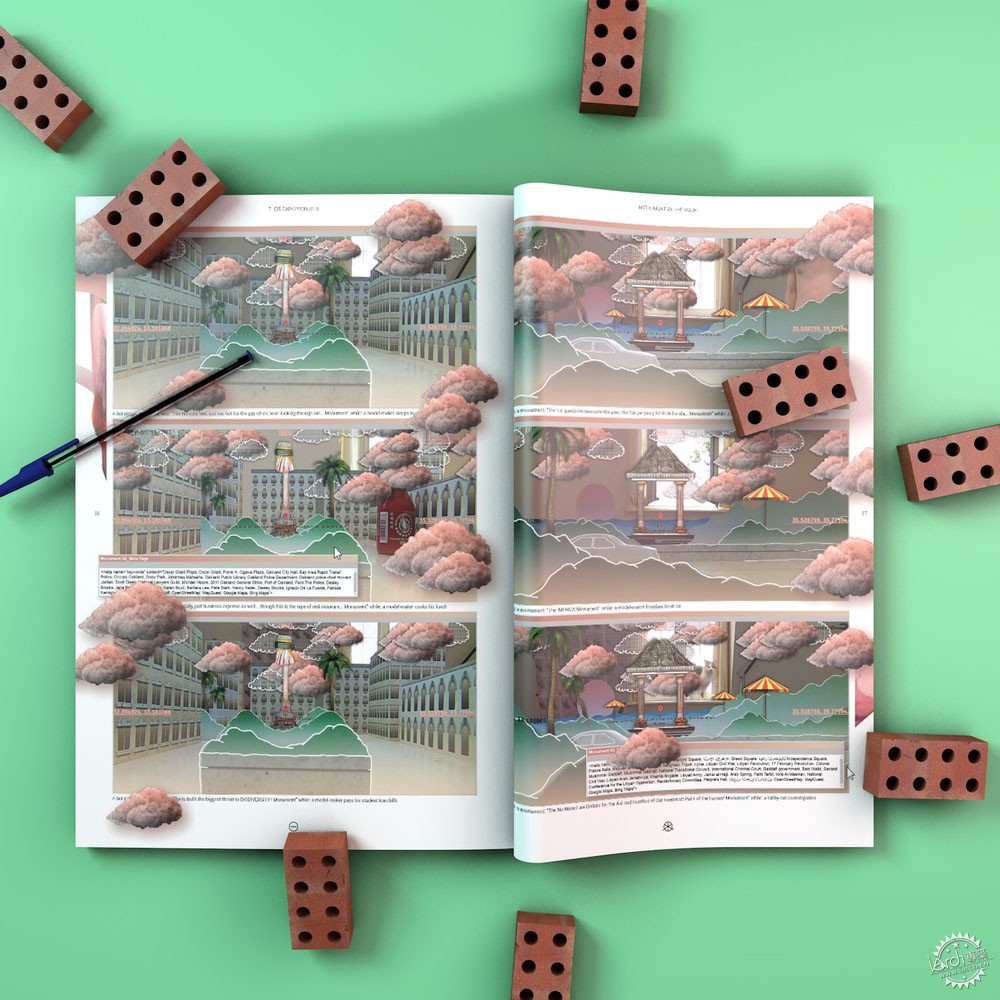


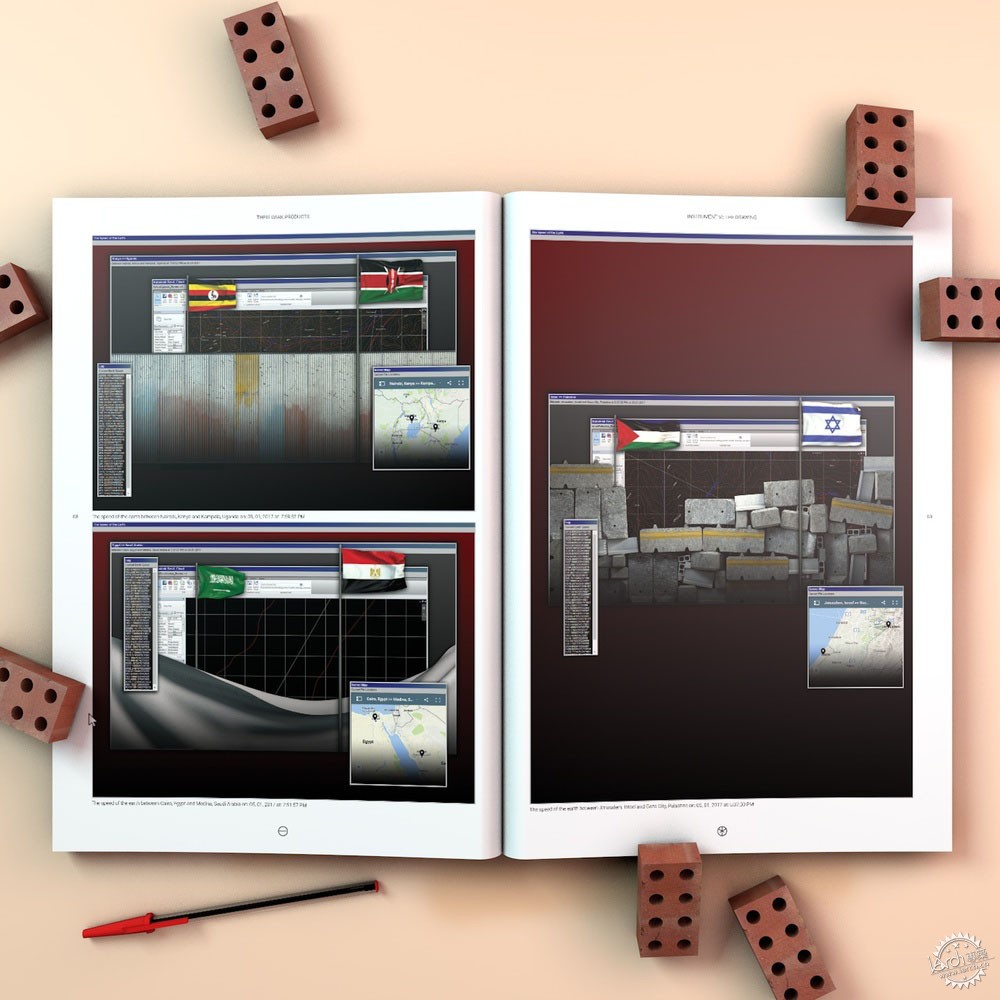
|
|
